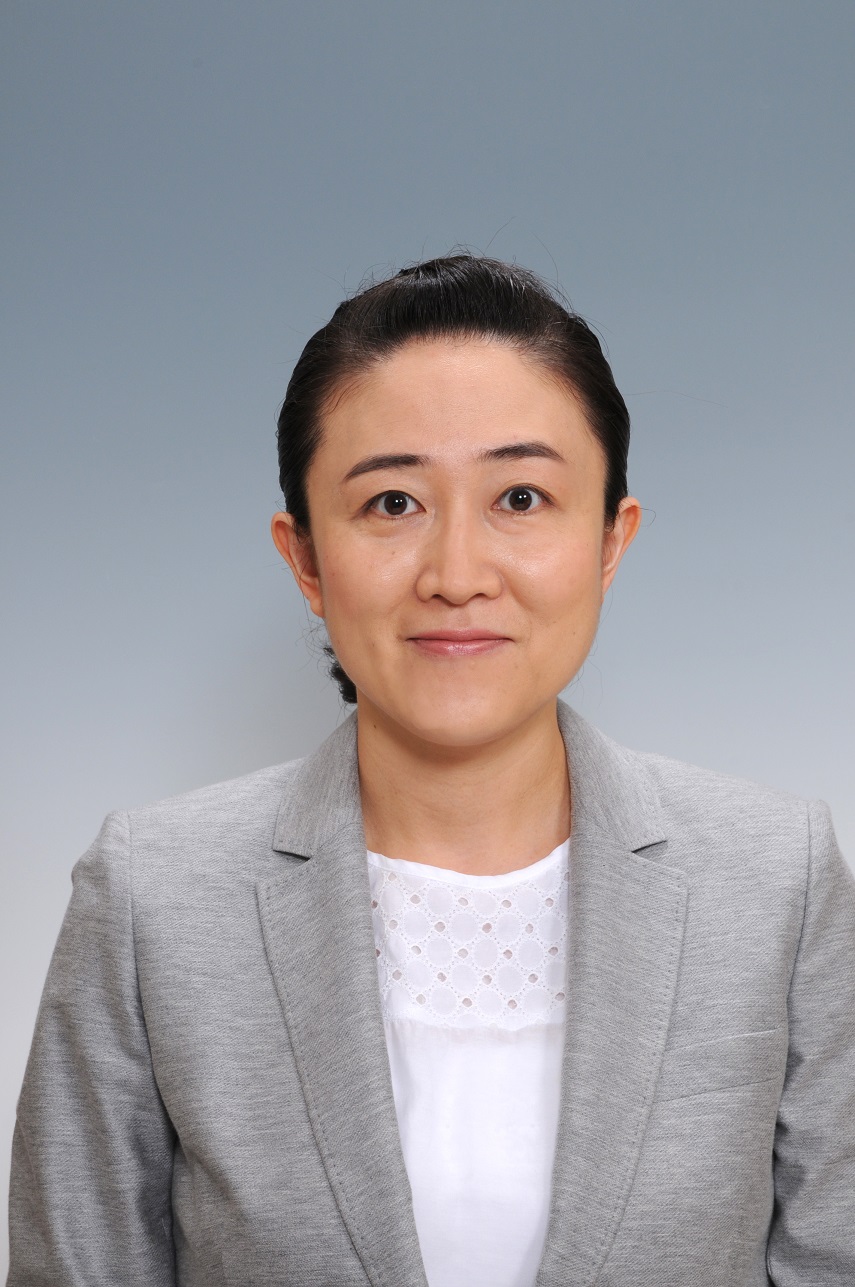
Shoko Konishi
Abe Fellowship 2013
Project Title
US-Japan Comparison of Biobehavioral Factors Related to Low Fertility Institutional Affiliation (at time of award)
Assistant Professor, Human Ecology, University of Tokyo 